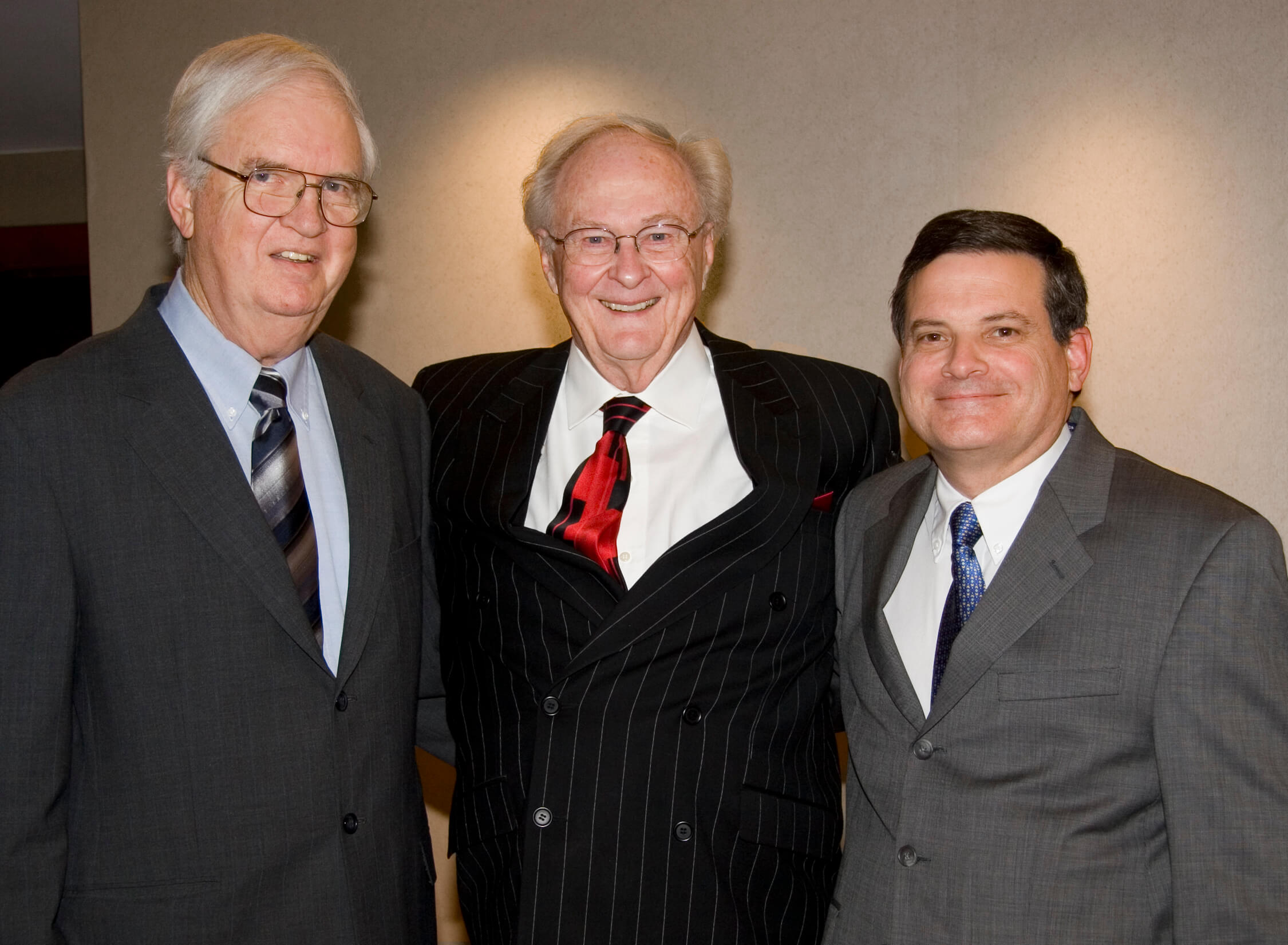
06 Jul MBMA Press Release: Remembering Industry Legend Gill Harris
CLEVELAND, OHIO – www.mbma.com: The members of the Metal Building Manufacturers Association (MBMA) join in remembrance of Gilliam (Gill) Harris, age 90, who passed away June 1, 2018. He is survived by his wife, Pat, and loving family.
After working for several companies in the metal building industry, Gill Harris became the third director of research and engineering for MBMA in 1987. He served in that position until retiring from the association in 1993. In recent years he served as an industry consultant, continuing to lecture and also served as an emeritus member of the American Society of Civil Engineers (ASCE) wind loads subcommittee for ASCE 7. Throughout his career he was a tireless advocate for fair and consistent codes for the metal building industry. He was elected into the first class of the Metal Construction Hall of Fame in 2012.
Harris’ long involvement with wind engineering, codes and standards began in the late 1950s when he helped write the initial wind load standard. Notably, he helped to initiate the wind tunnel research on low-rise buildings at the University of Western Ontario in the 1970s that is still the cornerstone for wind loads used today in building codes throughout North America, working with Dr. Duane Ellifritt, MBMA’s first research director.
Dr. Lee Shoemaker, PE, MBMA’s current director of research and engineering, remembers his friend and predecessor. “Gill provided such a wonderful ethic for the metal building systems industry with his desire to solve problems, share solutions and create sensible codes for our industry. His pioneering work with computers really jump-started the industry. Then, with his push for the adoption of sensible codes and standards, he made sure we could be competitive with other structures,” Shoemaker says.
Harris started out in the metal building industry when he answered an ad from Metallic Building Systems in Houston in the mid-1950s. While in Houston he attended Rice University and earned his master’s degree in civil engineering, which was awarded in 1964 after writing his thesis on lattice framework. In 1962 he was hired by C.L. Mitchell of Mitchell Engineering, which eventually become Ceco Building Systems, and moved to Columbus, MS. He became director of engineering for Ceco, a position to which he returned after leaving MBMA in 1993. He retired from Ceco in 2002 and later founded his own consulting company, Gilliam Harris Engineering, LLC and gave continuing education lectures and served as a technical witness.
Harris’ love of music and constant focus on fixing problems of any type made him a true Renaissance man. He first picked up a trumpet as a teenager and went on to put together several Dixieland bands and big bands over his lifetime. His most recent band was called Big Band Theory in his hometown of Columbus, which performed at public shows and private events. He loved the music of the big-band era and worked hard to keep it in front of people throughout his lifetime.
Among his many contributions to MBMA and the metal building industry, some of the most lasting impressions are:
-
- His pioneering use of computers in the metal building systems industry. He introduced computers to the engineering and drafting process at his companies in the late 1950s and early 1960s, enabling a more efficient usage of people and materials within the industry.
-
- His work with codes and standards. From his work with the Southern Building Code Congress to his contributions to the ASCE Wind Load Committee throughout his career, he was always engaged in making codes fair and sensible. He helped to initiate wind tunnel research for low-rise buildings, working with Dr. Alan Davenport at the University of Western Ontario, and assisted in creating consistent codes and standards for low-rise buildings.
-
- His career-long contributions to MBMA. From his work on the initial MBMA Manual in 1957, through his years as director of research and engineering, he worked to advance the association and industry with his knowledge and experience.
Pictured above: MBMA has had only four directors of engineering over the course of its 60+ year history. In 2006, three posed together. Left to right: Dr. Ellifritt, Gill Harris, Dr. Shoemaker – all have been inducted into the Metal Construction Hall of Fame.
Credit: Metal Building Manufacturers Association

